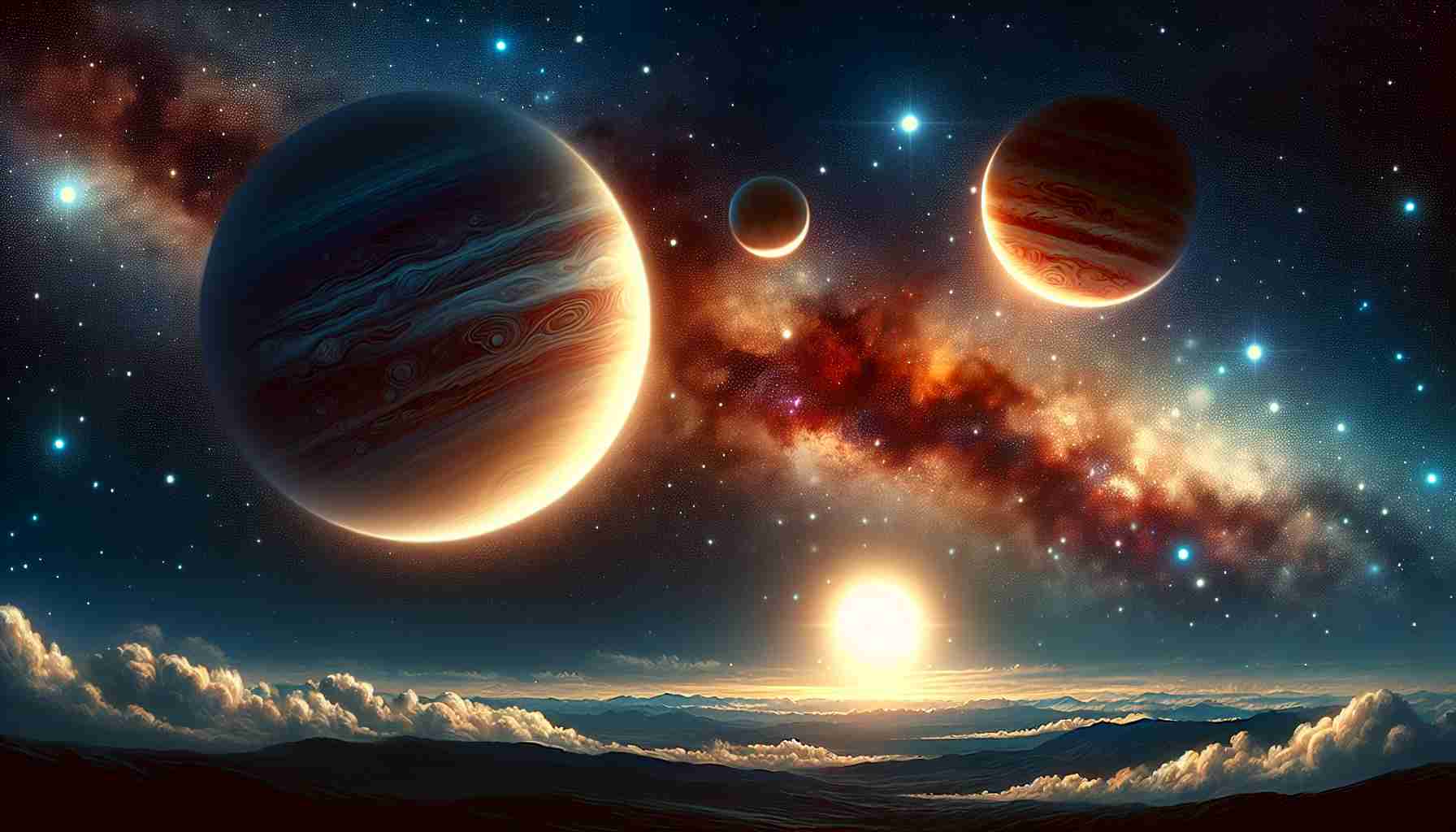- February offers a spectacular celestial display with bright planet sightings and lunar interactions.
- Venus shines as the brightest planet, captivating viewers post-sunset.
- Mars and Jupiter will also be prominent, providing vibrant colors and visibility against winter constellations.
- The Moon has significant encounters throughout the month, aligning with Venus, Pleiades, and Jupiter.
- A nearly full Moon will appear below Mars on the 9th, enhancing the nighttime spectacle.
- Encourage all levels of stargazers to engage with this month’s remarkable astronomical events.
Get ready to be mesmerized by a celestial show this February, where planets take center stage and the Moon dances among them. The dazzling Venus, known as the goddess of love, shines at its brightest this month after sunset, captivating onlookers with its brilliant glow. Just when you thought it couldn’t get any better, Mars and Jupiter take the reigns, illuminating the night sky like majestic sentinels.
Each evening presents a spectacle of vibrant colors, with Mars shining an amber hue amidst a backdrop of winter constellations like Orion, Taurus, and Gemini. As night falls, look up to find Jupiter sparkling high above, commanding your attention with its massive presence.
But the excitement doesn’t stop there! The Moon embarks on a delightful journey throughout February. On the 1st, it cozies up to Venus, while the 5th brings a fluttering encounter with the Pleiades star cluster. Keep an eye out as it meets Jupiter on the 6th, and by the 9th, the nearly full Moon will grace the skies just below Mars.
So, mark your calendars! Whether you’re a seasoned astronomer or just a curious stargazer, these lunar rendezvous and bright planetary appearances promise a breathtaking experience. Don’t miss your chance to witness the universe’s spectacular display – the night sky is calling!
Don’t Miss February’s Night Sky: A Celestial Extravaganza Awaits!
Overview of Key February Planetary Events
February is blossoming with fascinating astronomical displays as the planets align and the Moon charms the night sky. Here’s what you can expect:
1. Venus will feature as the evening star, shining more bright than at any other point in the year, captivating viewers with its stunning brilliance. Look for it post-sunset.
2. Mars, known for its reddish glow, will provide a stark contrast as it twinkles in amber, surrounded by the splendid winter constellations, particularly in the latter part of the month.
3. Jupiter, the largest planet in our solar system, will hover high in the sky, providing an awe-inspiring view throughout February.
4. The Moon’s Journey: The Moon will play a crucial role in highlighting these planetary statues. Key dates include:
– February 1: Moon meets Venus.
– February 5: Moon encounters the Pleiades star cluster.
– February 6: A stunning pairing with Jupiter.
– February 9: The nearly full Moon will shine right below Mars.
Trends in Stargazing and Astronomy for 2024
The increasing interest in accessible astronomy is leading to innovative technologies and community events such as:
– Mobile Astronomy Apps: New apps are emerging that use augmented reality to help enthusiasts identify celestial bodies and events in real time.
– Public Stargazing Events: Expect more astronomy clubs hosting star parties where everyone can share in viewing the planets and the Moon, equipped with telescopes and expert guidance.
– Sustainability in Space Exploration: Discussions continue around the environmental impact of space missions, leading to policies aimed at reducing space debris.
FAQs about February’s Night Sky Events
1. What is the best time to observe Venus, Mars, and Jupiter this February?
– The optimal time for observing these planets is shortly after sunset. Venus is usually the first to appear, followed by Jupiter and then Mars.
2. Do I need a telescope to see these planetary events?
– No, you do not need a telescope. These planets can be easily seen with the naked eye, though binoculars or a small telescope may enhance your viewing experience.
3. Are there any specific resources for beginners in astronomy?
– Yes! There are various online platforms, like NASA, that offer guides, tutorials, and resources specifically tailored to beginners in astronomy.
Conclusion
February promises an enchanting display for stargazers as planets align in the night sky. Whether you’re a seasoned astronomer or a newcomer, this is an unmissable opportunity to engage with the celestial wonders above. So grab your binoculars, spread a blanket, and enjoy this astronomical event!













